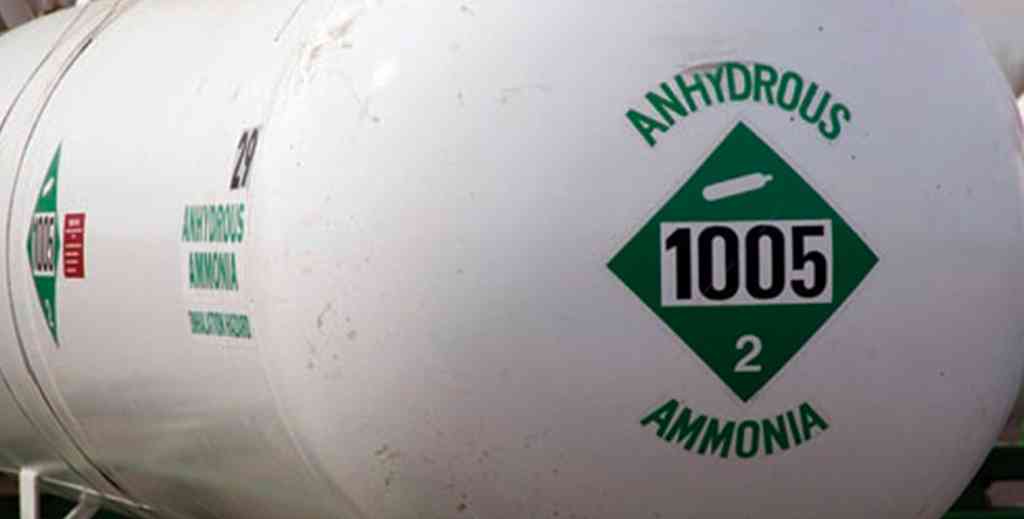Anhydrous Ammonia: Know the Dangers
December 19, 2017
Image: DHuss/iStockphoto
Anhydrous ammonia – used in manufacturing, refrigeration and agriculture – is a pungent, colorless and toxic gas or liquid that, when concentrated, is corrosive to human tissue upon contact, according to NIOSH.
“As liquid anhydrous ammonia is released from its container into the air, it expands rapidly, forming a large cloud that acts like a heavier-than-air gas for a period of time,” the Centers for Disease Control and Prevention adds. “Because the vapors hug the ground initially, the chances for humans to be exposed are greater than with other gases.”
What happens
A worker can be exposed to anhydrous ammonia in several ways. How severely a worker is injured will depend on the length of the exposure, as well as the concentration level of the gas or liquid.
Here’s what NIOSH wants employers and workers to know about anhydrous ammonia exposure:
Eye exposure: Mild or moderate exposure to the eyes can result in irritation and a burning feeling, whereas severe exposure can lead to inflammation of the eye’s membranes, swelling and sloughing of the eye’s surface cells, and temporary or even permanent blindness.
Ingestion: Although uncommon, ingesting ammonia is hazardous. Symptoms can range from mild to moderate – such as vomiting, abdominal pain and burns to the mouth, esophagus and stomach – to severe, including corrosive damage to the mouth, throat and stomach.
Inhalation: Inhaling ammonia gas can cause breathing problems, wheezing or chest pain. Asphyxiation may occur in poorly ventilated or enclosed areas, according to the Agency for Toxic Substances and Disease Registry.
Skin exposure: Mild to moderate skin exposure to ammonia can result in swelling and stinging pain; severe exposure to the skin can cause inflammation, blistering, tissue death and penetrating burns. Additionally, a worker may experience a frostbite injury if exposed to liquefied ammonia gas.
What to do
NIOSH recommends a number of first aid responses for anhydrous ammonia exposure. However, regardless of the type of exposure, the first step should be to remove the affected worker from the source of the exposure.
Eyes: Wash eyes out with tepid water for a minimum of 15 minutes.
Ingestion: Ensure the victim’s airway is unobstructed. Refrain from inducing vomiting or administering anything by mouth. Provide supplemental oxygen if needed.
Inhalation: Check the victim’s respiratory function and pulse, ensure the airway is free of obstructions and administer oxygen if the person is having breathing problems.
Skin: If a severe exposure has occurred, remove the victim’s clothing (to at least their undergarments) and thoroughly wash the victim’s contaminated skin with soap and water. Take care not to break the victim’s skin during decontamination, as this may lead to further injury.
Victims should seek immediate medical attention after these initial actions have been taken. Click here for more information.
Thanks for the share, NSC!



